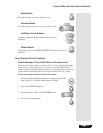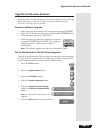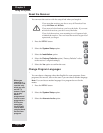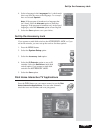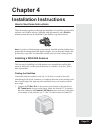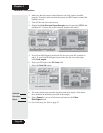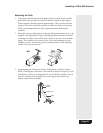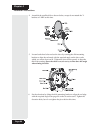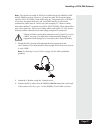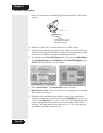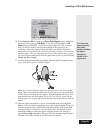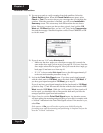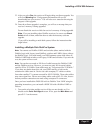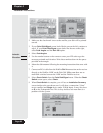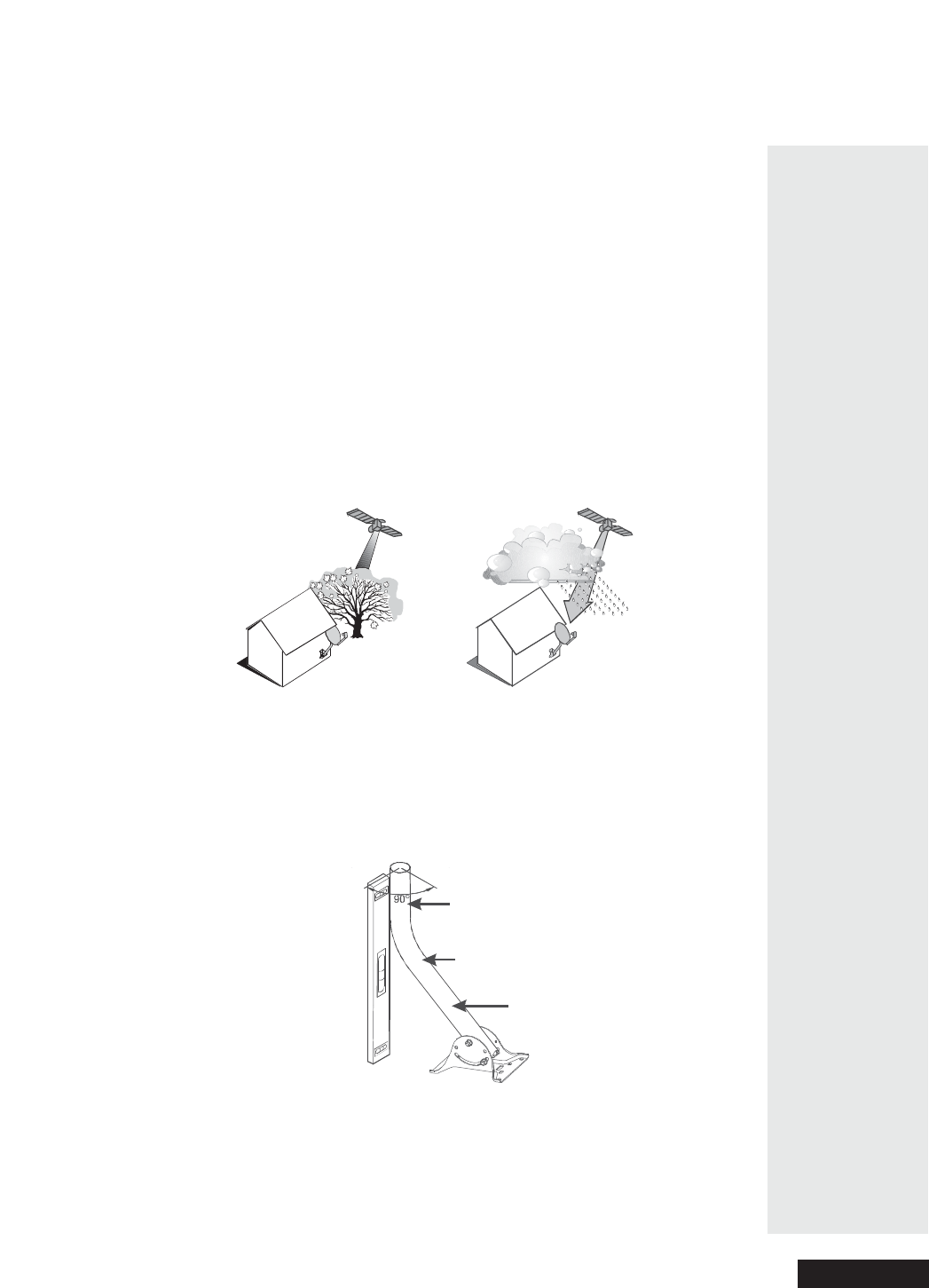
Page 85
Installing a DISH 500 Antenna
Mounting the Dish
1. Using these azimuth and elevation angles, find a loc ation for the satellite
dish which can be pointed towards the satellites located at these a ngles.
With a compass, find the required azimuth angle. Then, use the elevation
angle to find out how high the satellites are in the sky from your location.
Make sure nothing blocks the line of sight between the dish and the
satellites.
2. Mount the m ast to a solid surfa ce so that the dish antenna cannot move or be
bumped out of adjustment. Keep in m ind that physical and environmental
conditions can block your sa tellite dish’s ability to receive a clear satellite
signal. The conditions to be awar e of are: Eaves and overhangs on your
building or house, wind, plant growth, and deterioration of the mounting
surface. Never m ount to a tree.
3. Align the top part of the m ast so that it is a bsolutely vertical, as shown
below. I f the top pa rt of the mast is off ver tical by only a few de grees, it will
be diff icult or m aybe even impossible for you to find the satellites. Take at
least two readings with a bubble le vel, on the upper ma st, that are 90
degrees apart from one another.
NO YES
Top Part
of Mast
Bubble Level
Mast



